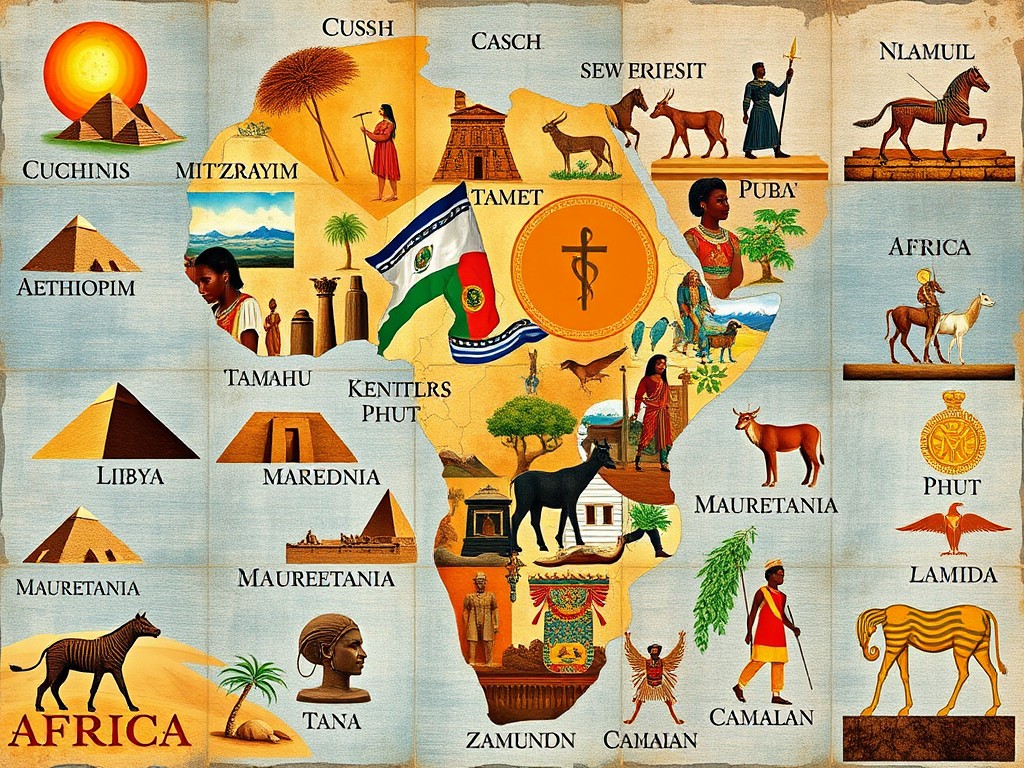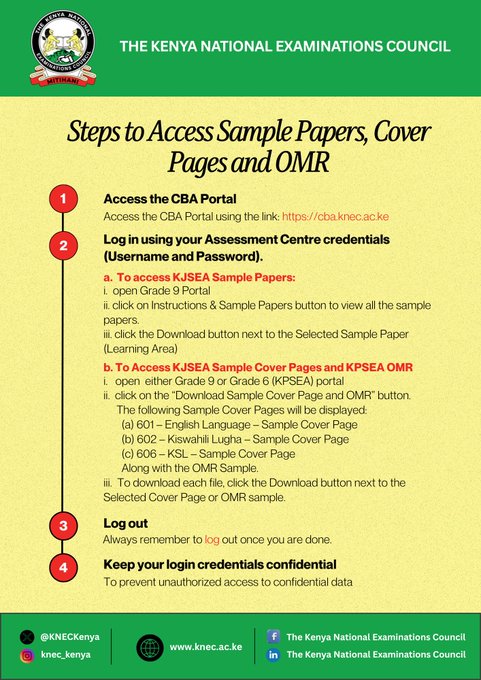Names and Terms Used for Africa in Ancient Civilizations
Throughout history, the African continent has been known by various names, each reflecting the perceptions, interactions, and cultural understandings of different civilizations. From ancient Egyptian hieroglyphs to Greek writings and Roman texts, these names illustrate not only geographical references but also the rich tapestry of cultures that have inhabited the continent. This exploration spans a significant time frame, from approximately 3000 BCE, during the rise of ancient Egyptian civilization, to around 500 CE, when the Roman Empire was at its height. Understanding these terms is essential for appreciating how ancient peoples viewed Africa, its peoples, and its lands, as well as the relationships formed through trade, migration, and conquest.
- An Abagusii Tale from the 17th CenturySpread the loveThe Journey of Mogusii’s Heirs: An Abagusii Tale from the 17th Century In the early years of the 17th century, the Abagusii were a people on the move, their roots stretching back to a mythical place called Misiri, a land of hardship north of Mount Elgon. Oral traditions whispered that their ancestor, Mogusii, a descendant of the great Bantu leader Kintu, had led them southward through the lands of…
- The Abagusii in the Early 20th Century: Navigating Colonialism, Agriculture, and Resistance (1900–1920)Spread the loveThe Abagusii in the Early 20th Century: Navigating Colonialism, Agriculture, and Resistance (1900–1920) Nestled in the fertile highlands of western Kenya, the Abagusii people—also known as the Gusii or Kisii—experienced profound changes between 1900 and 1920. This period marked the dawn of British colonial rule in Gusiiland, bringing new crops, administrative control, and challenges to traditional ways of life. Yet, the Abagusii were far from passive observers. From fierce…
- 20 Facts About the Kisii and Suba PeopleSpread the love
Here are some of the notable names and terms used by various ancient civilizations to refer to Africa and its regions:
- Cush – Referring to the region south of Egypt, associated with modern-day Sudan and parts of Ethiopia.
- Mitzrayim – The Hebrew name for Egypt.
- Aethiopia – Used by the Greeks to designate regions south of Egypt, often linked to Nubia and parts of East Africa.
- Libya – A Greek term for the northern part of Africa, particularly west of Egypt.
- Tamahu – An Egyptian term for the people of the Libyan region.
- Nubia – Referring to the region along the Nile, primarily in present-day Sudan and southern Egypt.
- Kemet – The ancient Egyptian name for Egypt, meaning “black land.”
- Africa – The Latin name used by the Romans, derived from the Phoenician word “afar,” meaning dust.
- Phut – A biblical term possibly referring to regions in North Africa, often associated with Libya.
- Mauretania – Referring to a region in North Africa, roughly corresponding to modern-day Morocco and Algeria.
- Numidia – An ancient Berber kingdom located in North Africa, primarily in modern Algeria.
- Tana – An ancient term used by some cultures to refer to regions in the interior of Africa.
- Zamunda – While not strictly historical, this name has been popularized in modern culture to refer to a fictional African nation, reflecting a broader interest in African identities.
- Canaan – Though primarily associated with the Levant, some ancient texts link Canaanites with African peoples.
These names not only serve as historical references but also provide insight into the complex relationships and cultural exchanges that shaped the continent and its legacy.
The Case for Renaming Africa: Restoring Original Identities
Renaming Africa to reflect its original identities and cultural heritage is essential for several reasons:
- Cultural Recognition: The name “Africa” is derived from the Latin term “Africa Terra,” which was used by the Romans. This term does not represent the continent’s rich cultural diversity and the identities of its indigenous peoples. Restoring original names can promote a deeper understanding of the continent’s history and heritage.
- Historical Context: Many African regions have their own historical names that were used long before colonization. Renaming can serve as a reclamation of identity and a means to honor the legacy of ancient civilizations that thrived on the continent.
- Empowerment: Renaming can empower African nations by fostering a sense of pride in their cultural heritage. It can help communities reconnect with their roots and promote local languages and traditions.
- Global Perception: A name change can influence how the continent is viewed globally. It can challenge stereotypes and provide a more nuanced understanding of Africa’s vast contributions to human civilization.
Historical Names Used by Indian and Chinese Civilizations
Both Indian and Chinese civilizations had their own terms for Africa, reflecting their interactions and perceptions:
- Indian Civilizations:
- In ancient texts, Africa was often referred to as “Aparanta” or “Pahlavi,” indicating lands beyond the known world. Additionally, ancient Indian maps depicted regions of Africa, particularly the areas along the Red Sea and the eastern coast, emphasizing trade connections.
- Chinese Civilizations:
- The Chinese referred to Africa as “Da Lu” (大陸), meaning “the great land.” Historical texts, such as those by the explorer Zhang Qian during the Han Dynasty, recorded knowledge of the African continent, particularly in relation to trade routes and interactions with other cultures.











